Imogen Heap on Sparks deluxe box
I am at Imogen Heap‘s house. She is making me a cup of tea and we are talking Dualit toasters. This homely scene is rather surreal and hardly typical of modern ‘pop stars’, but then Heap doesn’t bother trying to conform, as becomes apparent during our conversation.
A case in point is her new album Sparks. We are here to discuss the deluxe box set version which is truly amazing [Andy Carne who designed the set has just been nominated for a Grammy for his work on this project], not only in terms of audio and video content, but also in the way that Heap has engaged with and involved her fans in the project.
Not for Immi tacky badges or ‘facsimile’ memorabilia. If you were an early pre-orderer of the Sparks box you got to come to her house for a big party! (the bunting was still up when I was there). This was not some brief ‘meet and greet’ either – you could hang out with the songwriter and performer for hours at her home.
Those quick off the mark also got their box set personalised, with their own footprint which was printed on a special strip of paper that – wait for it – was specially made from paper pulp that had various personal items belonging to Immi (often with links to the songs) whizzed up in a blender. These items that saw their demise at the blade of a blender included a ‘slinky’ (those things that go down the stairs by themselves), a bra, a pair of trainers, an old mobile phone and a bow for a cello. This level of involvement in, and personalisation of, the deluxe box makes other artists who ‘just’ sign a few hundred copies look rather lazy!
Anyway, let’s backtrack a bit and talk about Sparks. Ironically, considering the deluxe box is such a big physical object, Sparks started with the idea of releasing new music digitally every three months.The project kicked off on the 14 March 2011 (coincidentally a day before SuperDeluxeEdition launched) with the ‘crowd inspired’ Heapsong1, which would become the song Lifeline (track six on the finished album) – an ambitious collaboration with Immi’s audience. Fans could contribute to this track in all sorts of ways including uploading a sound ‘seed’ for the song (a cat’s meow, rustling leaves, banging on pots and pans), submitting words to a ‘wordcloud’ and uploading photos etc.
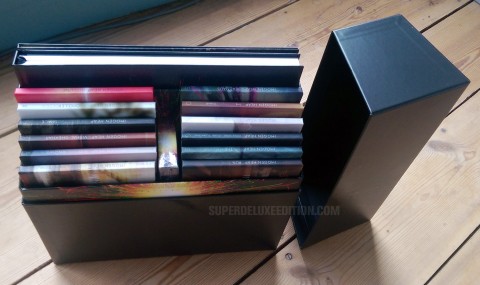
And so it continued, using technology and collaboration as inspiration. The album progressed every few months with Heapsong2, Heapsong3 etc. Songs would often be introduced with a new microsite blog page which detailed new challenges for Heap and her fans alike.
The songs on the album are diverse, from piano-led opener You Know Where To Find Me which is a love letter to the River Thames; Entanglement (originally written for one of the Twilight films – but ultimately not used); Telemiscommunications a study of the difficulties of long-distance relationships and Run-Time a song that was born out of Heap’s interest in technology, in this case working on a running app project. Travel is another passion as is evident from Cycle Song (a trip to the Himalayas allowed the recording of some Bhutanese nuns chanting), Xizi She Knows (written while Heap was an artist-in-residence in China) and Minds Without Fear (created in Jaipur in collaboration with Indian musicians and songwriters).
When these tracks were released digitally, a virtual three dimensional ‘book’ was created with imagery, lyrics and credits to musicians etc. So when it came to creating the deluxe box set the obvious thing to do was to recreate these as physical casebound books – one devoted to each track, and that is exactly what happened. The books contains a data DVDs with each song in a multitude of formats including hi-res, 5.1, instrumentals, videos, making of videos etc.
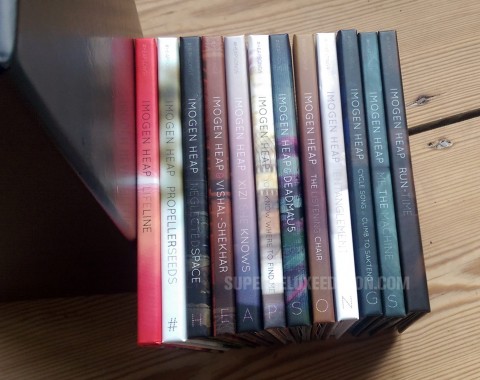
If the standard album is an audio diary documenting Heap’s excursions and adventures, then the deluxe box set adds visuals into the mix with a stunningly detailed 120-page hardcover book that really tells the story of the album and the songs through masses of photos all of which featuring detailed annotations, all painstakingly handwritten by Heap. Again, you have to admire the commitment to the cause and this ‘Book of Sparks‘ also contains a standard CD of the album along with a DVD that contains videos to every song as well as films documenting the making of each song.
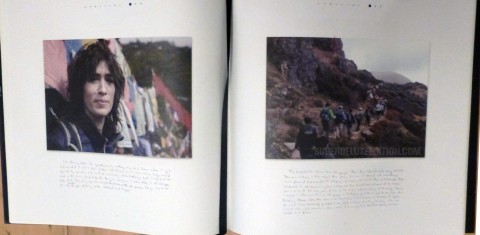
The videos are great, but the ‘making of’ section (making of the songs rather than the videos) is ludicrously detailed with some songs have over 40 minutes of documentary time devoted to them. Take the day off work if you are looking to immerse yourself in this because in total there is nearly four hours of ‘making of’ content aside from the actual videos themselves.
It’s worth pointing out that while the £200 required to acquire the deluxe box is a significant investment (you could actually pay by instalments at one point) this book is available on its own and is a real bargain at just £30 considering the quality of the volume and the CD and DVD.
Other content in the deluxe box includes two ten-inch vinyl records featuring the full Sparks album and a pack of playing cards that feature QR codes which unlock content on Heap’s website.
Sparks is out now and the deluxe box and associated items are all available to purchase at Imogen Heap’s website.
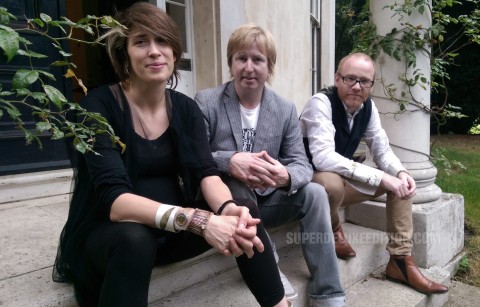
I spoke to Immi and asked her about the Sparks deluxe box…
SDE: When did you first consider the idea of creating this lavish box set?
Imogen Heap: It’s hard to cast my mind back that far really, but I do remember knowing that I was going to be releasing a song every three months and with that starting to think about artwork, because we were still going to need a cover even if it wasn’t physical at that point. I love artwork and having the physical object, and was sad when iTunes and digital downloads overtook physical sales because I thought that no one’s going to see the lovely artwork. But Andy [Carne, art director for the Sparks project] came to the rescue and did a digital package for Ellipse and it seemed obvious that we should do one for each release. So we can have this nice excuse to do the artwork and still put all the lyrics and credit everyone, because you don’t get that in a digital download. And it did encourage physical sales because people would go in a flick through it.
SDE: Did you have an idea of what you didn’t want to do, as much as what you did want to do with regards to the box set?
IH: To be honest I didn’t do much of that. I knew I wanted a book – because there’s so much story to tell – and I wanted a vinyl record. I just knew I wanted something different. This piece represents the album in its entirety because for me it’s not just music, it’s all the stories, all the people, all the videos and everything else. For me this [gestures towards the box set] is the album, although we’ve made the book [available] separately as well. For me the really important thing was to have something tactile, that nobody else could have made, that represented the album, or represented the process of the album.
SDE: The individual discs have so much content on them, did you ever feel under pressure that you’d created this ‘beast’ that you had to generate content for?
IH: No. There wasn’t anything I had to create extra content for. I didn’t really have to do extra for the box set, it was just that’s what I had and thankfully we had a box set to put it on. In the book there’s the DVD with all the making of footage and all the videos and then there’s the album but even then we could have had three discs really, because we had all the instrumentals too, but we couldn’t fit it in so we put them on the individual discs. And then on one of the songs Xizi She Knows I took loads and loads of photos, so we made a slide-show and put that on. So it was great, we didn’t struggle for content at all, if anything it was a case of how to fit it in there.
Me: Did this project encourage you to do more travelling and perhaps be more adventurous – the stories sound really interesting when you were in China and the Himalayas.
IH: I wasn’t thinking of it directly… no actually that’s not true. I often like to keeps scraps of work in progress, diagrams and all that stuff and I’ve got tons of that stuff from other albums and it just stays in a box, and nobody ever sees it. Maybe when I’m 99 I look at it and go “what was all that about”. But with the book to actually go through all of that stuff with Andy – and there was so much stuff – and to actually find some sense and represent lots of different ways of working, different groups of people, speak about different ways of lyric writing for one particular song, or how the recording process was done in another was really amazing to be able to do and I love the book for that, even though it was really painstaking to handwrite all those bits. And I know’s there’s tons of spelling mistakes, but I really enjoyed that. It took me nearly a week, and I was in New York for most of the time, just sitting in a cafe, writing, writing… This was a massive journey of two and a half years. I always knew in the back of my mind ‘I’m making an album, I’m making an album..’ but it was really just my life. My life’s work for the last two and a half years is in that. Because almost every single project is there.
SDE: How did your approach to songwriting change with this project – particularly with the initial idea of recording a song every three months – when compared to your previous album?
IH: The previous record was just like any other record I’d done and I’d work and work away on an album and it would probably take me a year from start to finish, but I didn’t want to continue the cycle which, for me, was ever since I was 17, which was make a record, produce it, get it released, go on tour, make another record, spend another year…. and it’s very alienating for my family and friends and I never really felt like I had the time to indulge myself in any other type of project. So it was just a way to break the cycle and we’re in an era where we don’t have to release an album all at once and it makes much more sense now we can to release something immediately digitally. So I can release a song about something that has happened in the world just then – like Lifeline – and release it two weeks later when it’s still relevant, still raising money for charity and deliver it all in two weeks with a 3D visual package (called Streamliner).
SDE: What was it like having fans at your house and what was the feedback like?
IH: That’s the real amazing gift, to be able to have the opportunity to be there on their first listen and to give them this heavy thing away that we spent so much time on and see how excited they are, because a lot of them had been on the journey for two and a half years with us. It was the best thing. the final connect. For me, it felt like that was when the album was finally finished and to hand it over to somebody who’s footprints are probably on the front cover it was amazing. I just wish there was more time, because even though they were here for six hours or so it was still not enough time.
SDE: Who are the fans who’ve spent the money on this box?
IH: My fan base are pretty diverse. There was all mixed nationalities that were here. I think about 70% had bought flights to come to the house. I think proportionally there is more people who like my music in England than in the States, but there’s many more people in the States. People say “it’s a bit weird inviting fans round to your house” but I never worry about it, or think I have to hide things in the house. It was just like this (gestures around the room)… well, a bit nicer! It was a lovely day and they all had wireless headphones on that was pumping the music and so they could wander around and see from the pictures [in the book] that “oh, that’s where the video for Propeller Seeds was shot”.
I’m not sure I’d ever do an album in this way again – there’s no point, I’ve just done one – but certainly carrying on the idea for me was trying to integrate the life that I wanted to have with the music that I wanted to make, whereas before I’d make the music and kind of close the doors to the studio and I wouldn’t see anyone for a year. So I felt that I was missing out socially and missing out travel.
SDE: How much were you having to keep an eye on the costs and economics of project. Were you trying to make a profit or just break even or was were just so passionate that it was a case of ‘let’s just do it’…
IH: Hmm, yes much to my manager’s dismay that was pretty much my attitude from the beginning. If the box sells out a may just about break even, but to sell it for any more, I would have just felt bad.
SDE: Did you do much research beforehand, into for example, what percentage of your fans download music compared to buying physical?
IH: We have done that before actually, with YouGov. I was really interested to see how fans found out about my music in the first place, because I don’t really get [played] on the radio. Not wanting to sound down on press, but very few people said “I’d read about you in the NME” or wherever and we put so much money into that kind of promotion, it’s interesting and [it turns out] pretty much 80 percent of it is all word of mouth. I think something like 70 percent of my fans play a musical instrument. 70 percent! That’s amazing.
SDE: Do you still buy vinyl and physical music releases?
IH: I do occasionally, but I don’t tend to listen to very much music [laughs] which is a bit odd.
SDE: Are you just going to take it easier for a while now [Imogen was heavily pregnant at the time and has now had the baby]
IH: That’s the plan. I’ve said no to a load of things but everything seems so much fun.
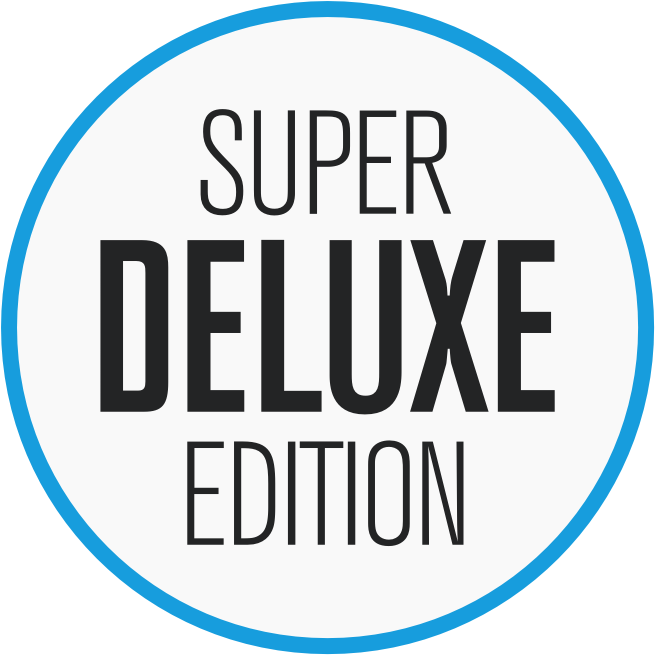
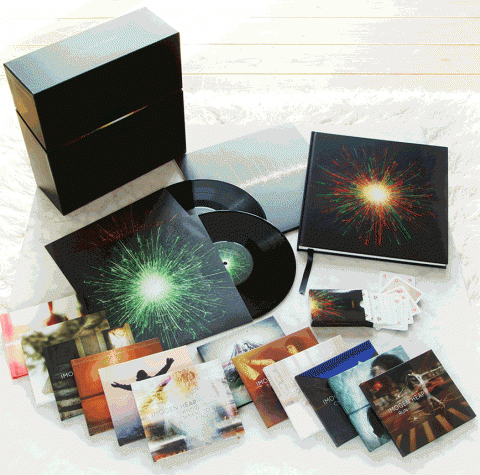
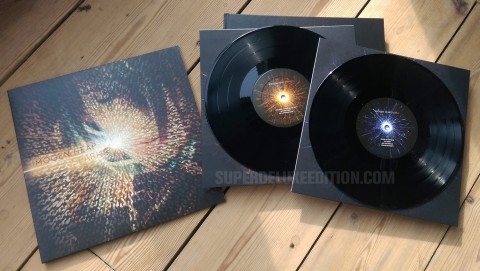
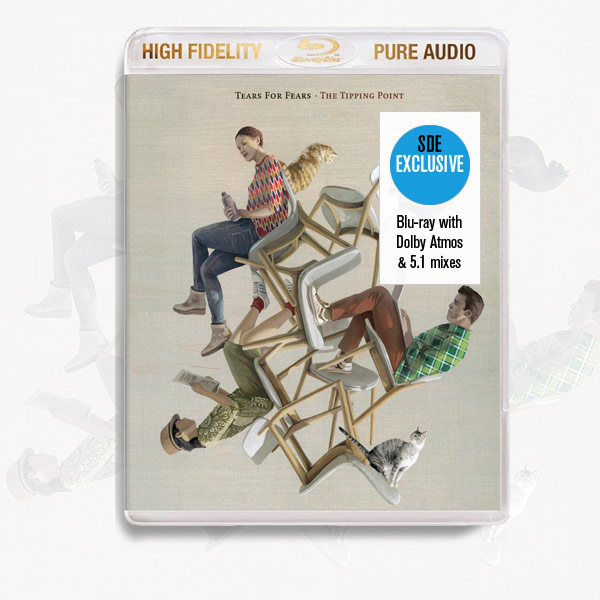

 Reviews
Reviews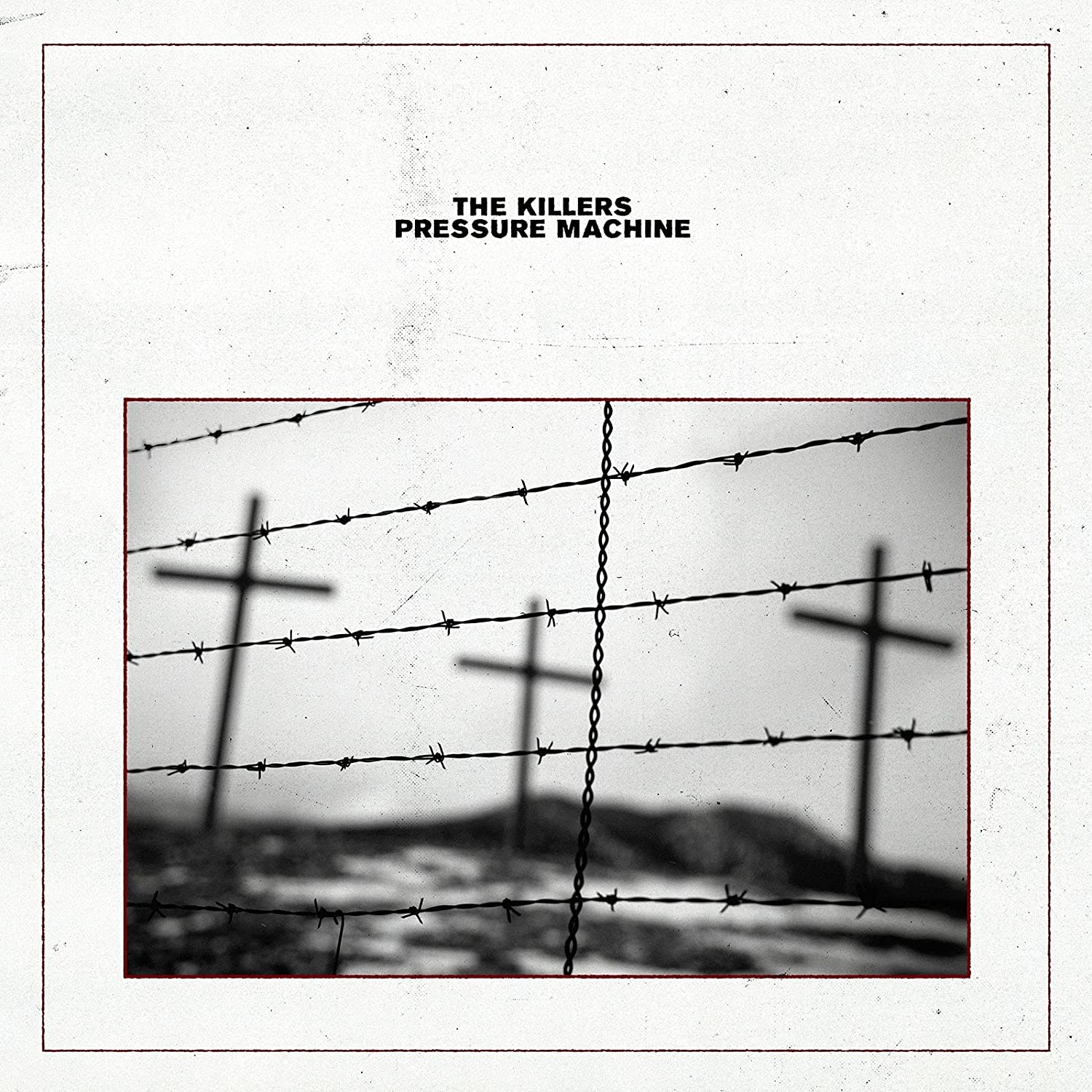

By Paul Sinclair
19